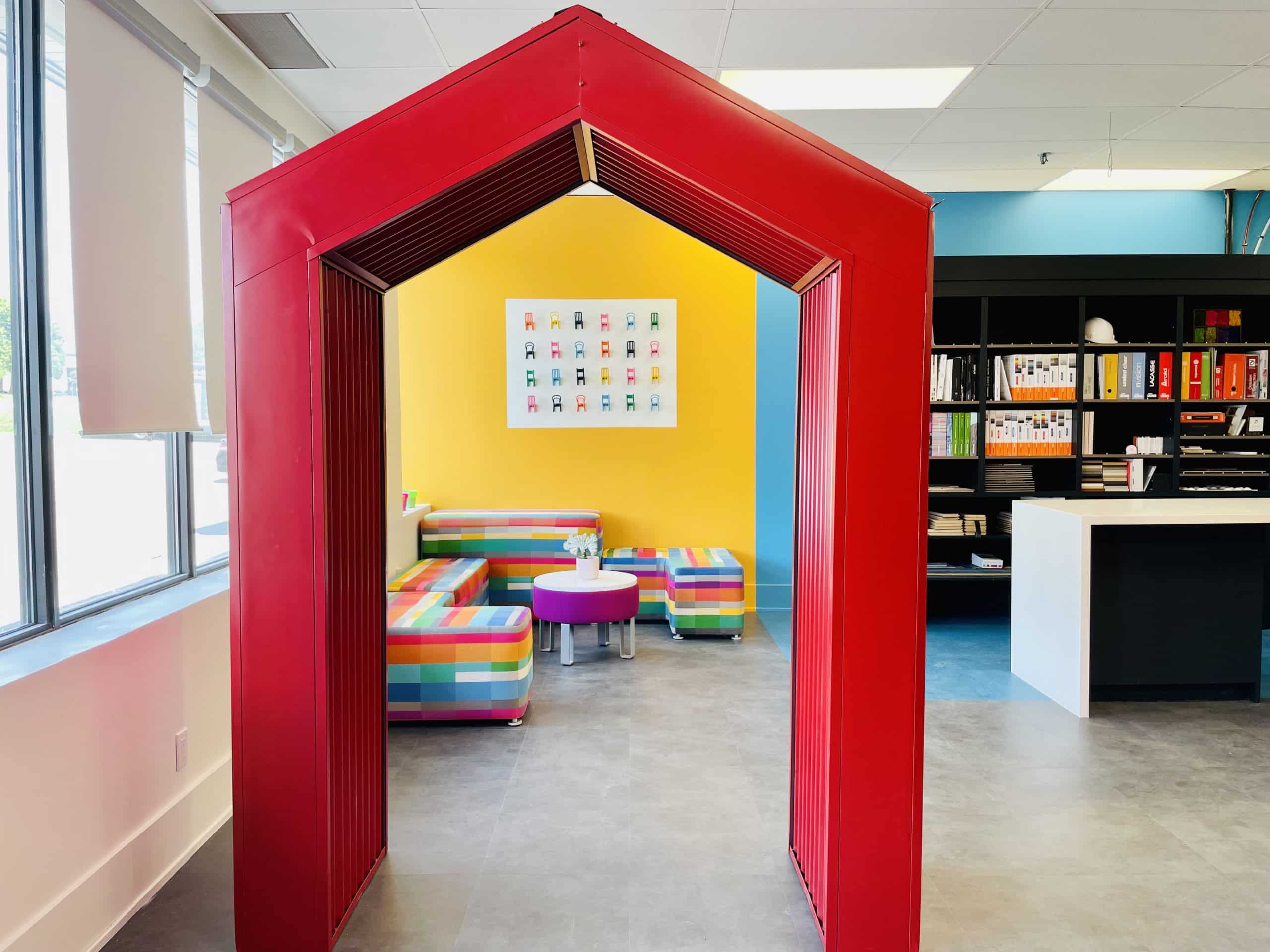The psychology of colour is the study of how colous affect human behaviour and emotions. Here are some common associations with different colours:
- Red: It is associated with passion, energy, and excitement. It can also evoke feelings of anger or danger.
- Orange: It is associated with warmth, enthusiasm, and creativity. It can also represent caution or warning.
- Yellow: It is associated with happiness, optimism, and clarity. It can also be seen as attention-grabbing or overwhelming.
- Green: It is associated with nature, growth, and balance. It can also represent jealousy or envy.
- Blue: It is associated with calmness, trust, and professionalism. It can also evoke feelings of sadness or coldness.
- Purple: It is associated with luxury, creativity, and spirituality. It can also represent mystery or arrogance.
- Pink: It is associated with romance, femininity, and playfulness. It can also be seen as immature or unprofessional.
- Brown: It is associated with stability, earthiness, and reliability. It can also represent boredom or dullness.
- Gray: It is associated with neutrality, sophistication, and formality. It can also evoke feelings of sadness or lack of emotion.
- Black: It is associated with power, elegance, and sophistication. It can also represent death or mourning.
Understanding the psychology of colour can be important in interior design because different colours can evoke different emotions and affect the overall mood and atmosphere of a space. By using colour strategically, an Interior Designer can create a space that reflects the desired emotions and feelings for the people who use it.

